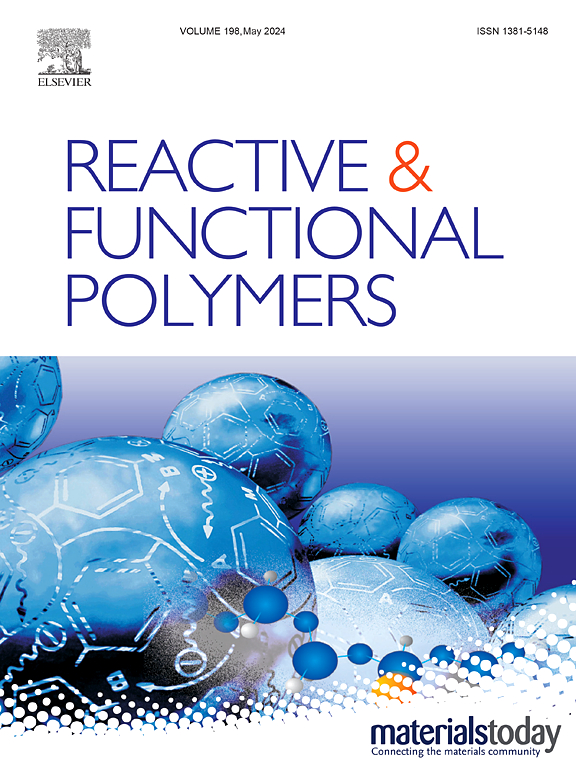Melamine and hydrophobic graphene composite foam with lignin as a green connector for oil–water separation applications
IF 4.5
3区 工程技术
Q1 CHEMISTRY, APPLIED
引用次数: 0
Abstract
Melamine sponge is widely used in various industrial applications owing to its high specific surface area and excellent mechanical properties. However, its practical use as an oil–water separation material is limited by the complex hydrophobization process and the use of non-renewable additives. Herein, we employed lignin, a wood-based biomass, as an amphiphilic connector to modify melamine foam with alkylated graphene oxide. Lignin was easily coated onto the melamine foam, enhancing its hydrophobicity and allowing for a continuous layer of alkylated graphene oxide. This process considerably improved the hydrophobicity of melamine foam, achieving a contact angle of 132.2°. Consequently, the hydrophobic melamine foam demonstrated selective oil absorption in oil-contaminated environments, with an oil adsorption capacity of 42–158 g/g and an excellent oil absorption efficiency of over 97 % even after 20 cycles. The additional alkylated graphene coating further enhanced flux when used as a filter material, enabling rapid and selective oil removal. Our study presents a straightforward, eco-friendly method for converting hydrophilic materials into hydrophobic surfaces using biomass-derived lignin.

求助全文
约1分钟内获得全文
求助全文
来源期刊

Reactive & Functional Polymers
工程技术-高分子科学
CiteScore
8.90
自引率
5.90%
发文量
259
审稿时长
27 days
期刊介绍:
Reactive & Functional Polymers provides a forum to disseminate original ideas, concepts and developments in the science and technology of polymers with functional groups, which impart specific chemical reactivity or physical, chemical, structural, biological, and pharmacological functionality. The scope covers organic polymers, acting for instance as reagents, catalysts, templates, ion-exchangers, selective sorbents, chelating or antimicrobial agents, drug carriers, sensors, membranes, and hydrogels. This also includes reactive cross-linkable prepolymers and high-performance thermosetting polymers, natural or degradable polymers, conducting polymers, and porous polymers.
Original research articles must contain thorough molecular and material characterization data on synthesis of the above polymers in combination with their applications. Applications include but are not limited to catalysis, water or effluent treatment, separations and recovery, electronics and information storage, energy conversion, encapsulation, or adhesion.
 求助内容:
求助内容: 应助结果提醒方式:
应助结果提醒方式:


